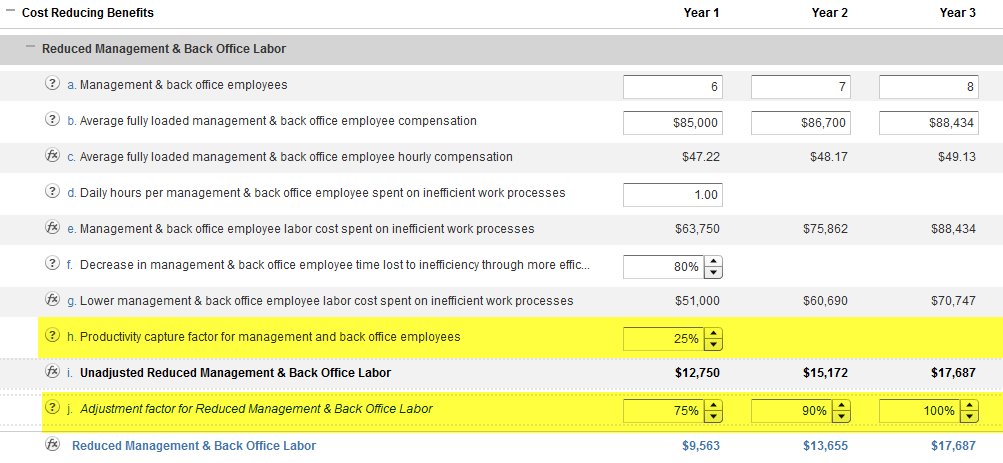Customers and prospects often lean on price as an objection for why they don’t want to do business with you. Some common things you hear from customers might be:
- We can’t afford it right now.
- Our budget just got cut.
- Your competitor is offering a discount.
- I need my director to sign off on a purchase this size.
Overcoming objections like these is a lot easier when you understand how to approach the issue of price. Here are three tips that can help.














